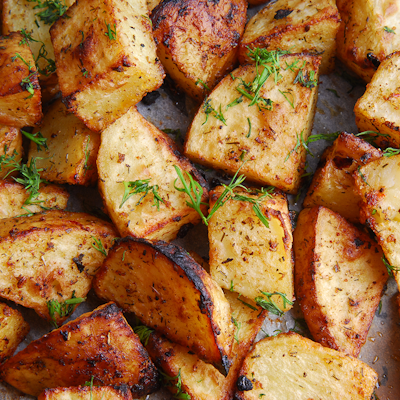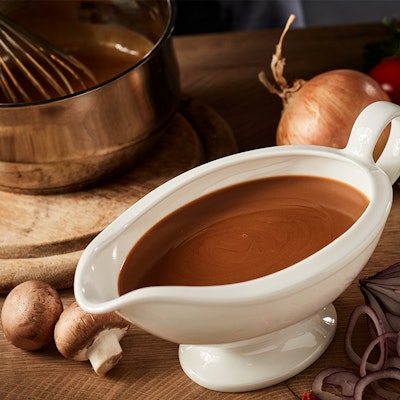Sandwich Superstars
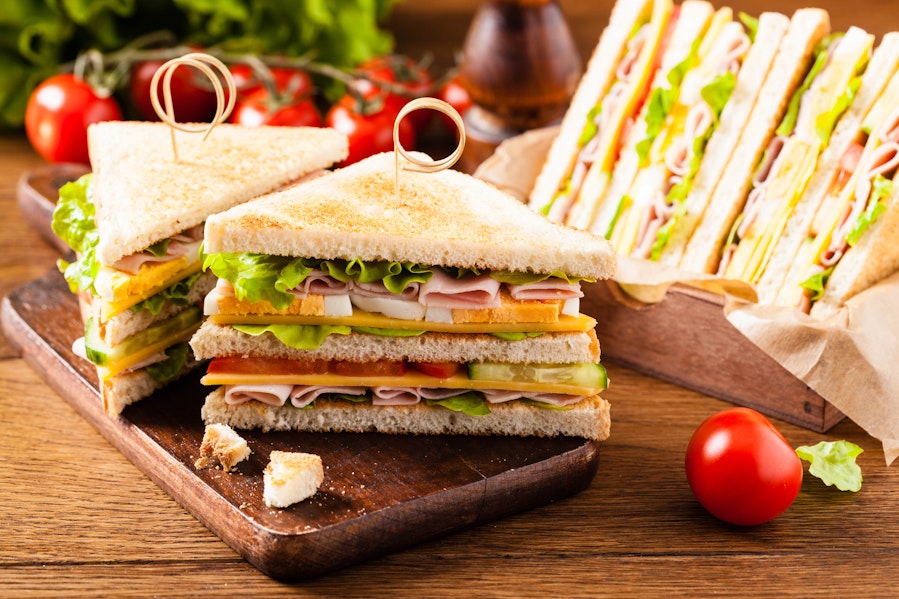
Real Bread Week starts on 20 February, and last time around we explored the best foods to eat with our favourite local and national breads. This year, looking at all the delicious breads being celebrated by the event has put us in the mood for sandwiches!
Sandwiches have long been Britain’s favourite lunch, and even as food trends have come and gone and tastes have changed they remain the top midday meal seller. With that in mind, we've compiled our list of the world's most famous sandwiches...
- The BLT
- Croque Monsieur
- The Reuben
- Cuban Midnight Sandwich
- Bánh mì
- Chip butty
- The Philly Cheesesteak
Read on to find out the ingredients that make them special, and our handy hints for making them stand out on your menu…
The BLT
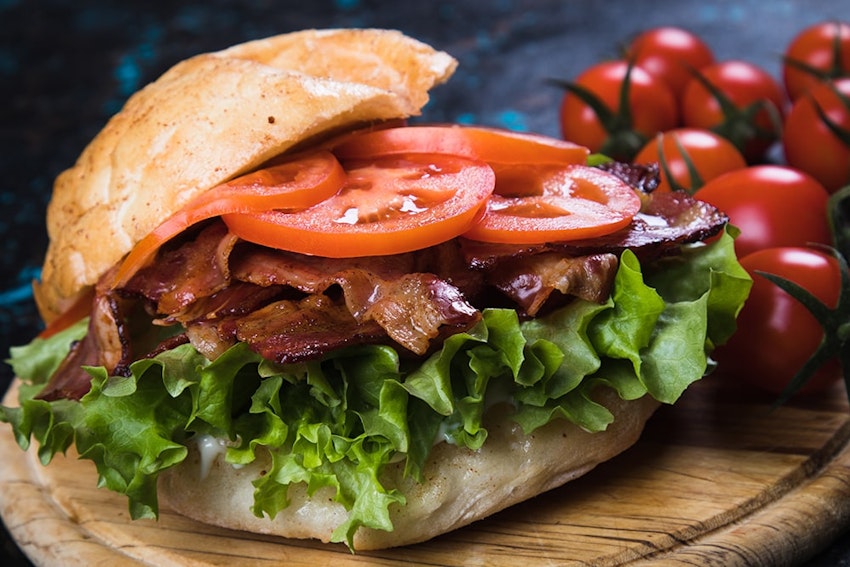
What it is: A bacon, lettuce and tomato sandwich (that would be the B, L and T), that’s been commonly known by its initials since the 70s. It’s popularity goes back even further, when in the years after WWII supermarkets became widespread and consumers were able to buy tomatoes and lettuce all year round.
Our top tips: Make sure your bread is sturdy – vegetables contain water and so you’ll need something like a good quality sourdough as your base to avoid sogginess.
With Healthy Eating Week on the horizon, now is a great time to swap out pork bacon for turkey bacon. You can also cut down on calories by replacing a mayonnaise dressing with a yoghurt or mustard based option.
Croque Monsieur
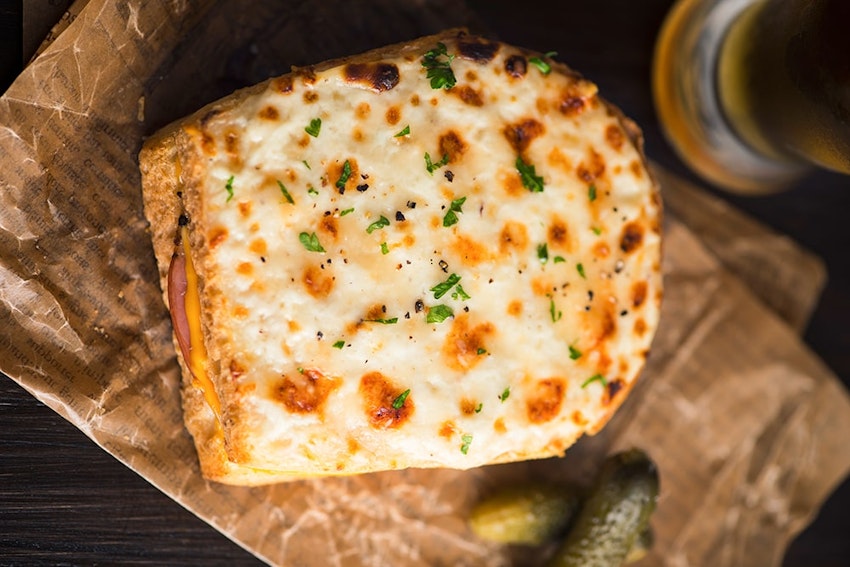
What it is: The French cousin of Welsh Rarebit. Translating as ‘Mister Crunch’, the Croque Monsieur is a toasted sandwich of ham, cheese (traditionally Gruyère or Emmental) and Béchamel sauce, grilled in an oven or fried in a pan. The Croque Monsieur gained cultural kudos in 1918, when it was mentioned in Volume 2 of Proust’s novel In Search of Lost Time.
Our top tips: If you’re taking your cues from the French (and you should, because they’re the experts), a soft and slightly sweet pain de mie is the bread of choice. Also – the crusts must be removed before serving.
And if you want to add a bit of pizazz to your sandwich, add a pinch of cayenne pepper to your Béchamel.
The Reuben
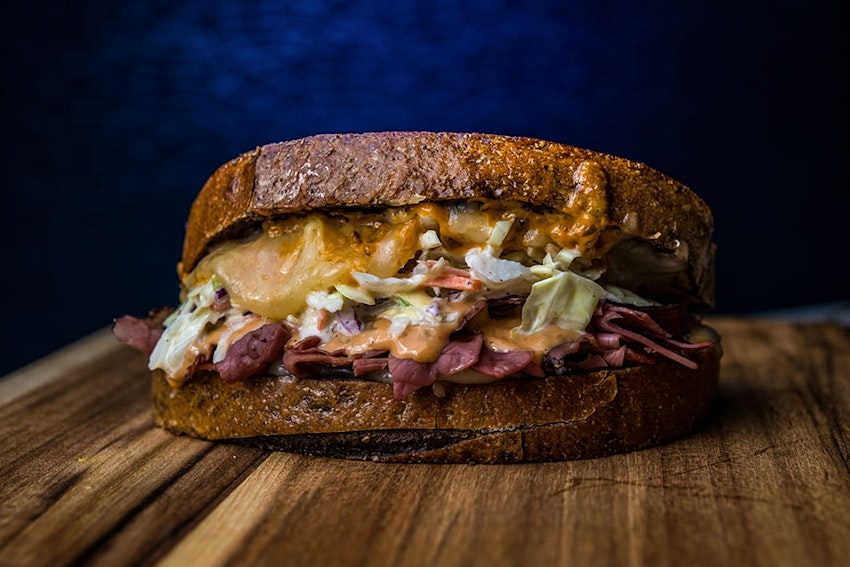
What it is: Corned beef, Swiss cheese, sauerkraut and Russian dressing on rye bread – usually toasted. The sandwich, though not actually kosher, was popularised in kosher-style delicatessens and is thought to have been invented by either a Jewish-Lithuanian grocer living in Nebraska or the Jewish-German owner of Reuben’s Delicatessen in New York around 1914.
Our top tips: It’s important to remember that a Reuben is American, and corned beef and rye mean different things across the pond. Their rye bread is made with both white bread flour and rye flour, giving it a softer consistency, and American corned beef is closer to what we might call hot salt beef. When it comes to the meat, make sure it’s room temperature rather than chilled before assembling the sandwich – this will help the cheese melt.
Cuban Midnight Sandwich
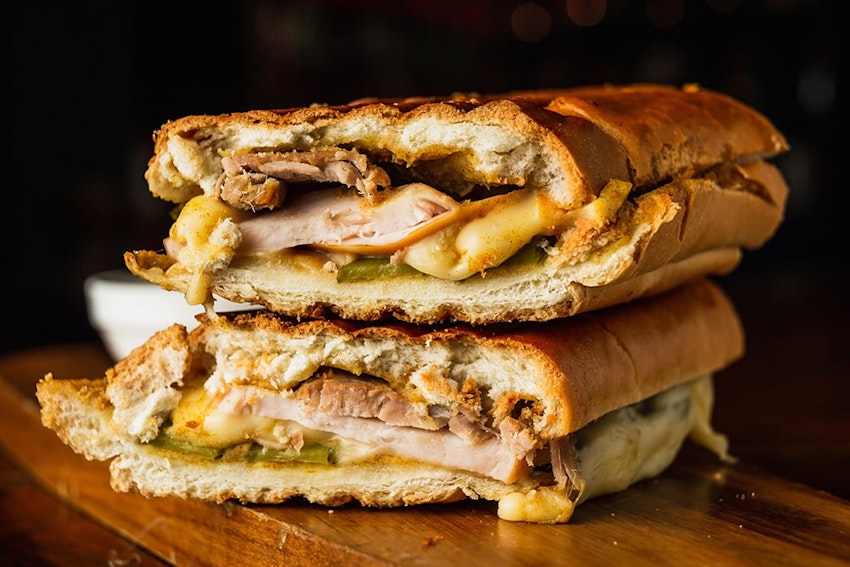
What it is: Called ‘Medianoche’ in its native Spanish, the Cuban Midnight Sandwich hails from Havana, and consists of roast pork, ham, mustard, Swiss cheese and pickles on sweet bread. It takes its name from its popularity as a late-night breakfast sandwich – the kind consumed after a night of dancing and fun.
Our top tips: As with many sandwiches and dishes that have emerged from one ethnic group and been integrated into wider society, there are many different variations on the recipe – with mayonnaise or mustard often used as a dressing. However, purists will tell you that the Medianoche should be brushed with butter and then fried or toasted to finish.
Bánh mì
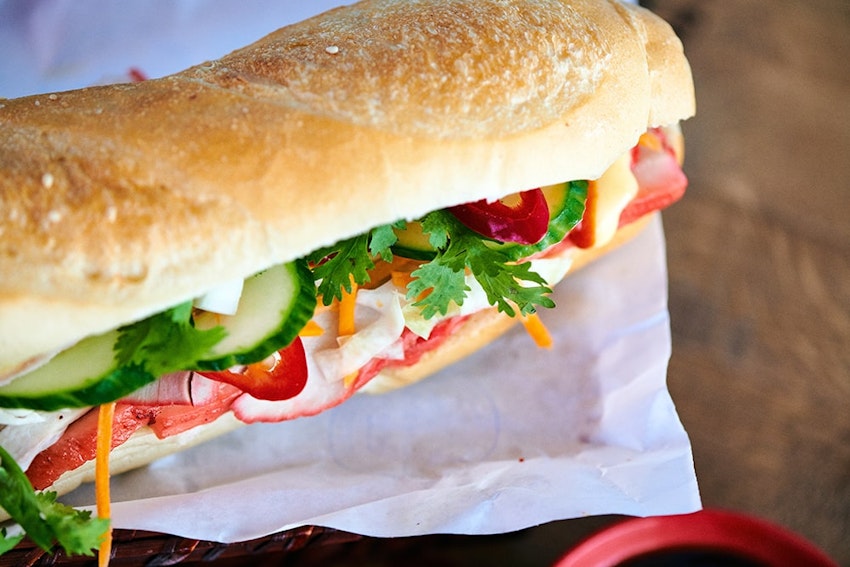
What it is: Bánh mì is simply the Vietnamese word for bread, and the Bánh mì sandwich is a short and crispy baguette filled with a mixture of meat and vegetables, and sometimes a pate too. The type of bread and inclusion of pate in a Bánh mì go back to Vietnam’s time as a French Colony in the 19th century, though the Vietnamese make their baguettes with both wheat and rice flour.
Our top tips: It can be hard to know where to start when it comes to filling a Bánh mì, but the important things to remember are that the meat should be marinated (in lemongrass, sugar, garlic, soy sauce, ginger, and fish sauce) and the vegetables pickled. A good French pate will add authenticity and the addition of mayonnaise and chilli will give the sandwich extra flavour.
Chip Butty
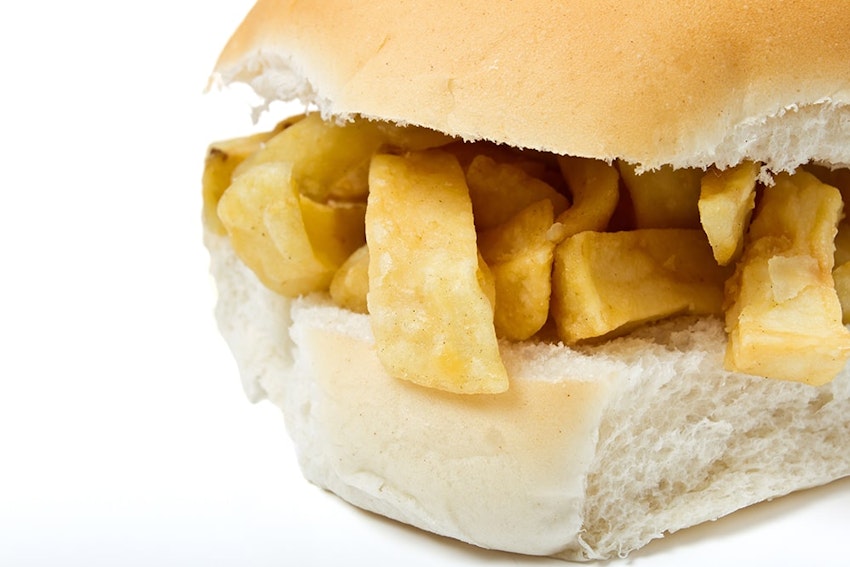
What it is: A British institution (and you can read more about that here, the humble chip butty – also known as chip roll or chip barm. The chip butty’s story starts in Oldham in the 1860s at the fish and chip shop owned by a Mr Lees. It’s ingredients are simple – chips and butter in a bread roll, condiments optional.
Our top tips: The right bread is absolutely crucial to the chip butty – it should be soft but strong, pliable but sturdy, and mold to the chips like a plaster cast. Fluffy white artisanal rolls work best for this. The chips themselves should be lightly fried, and steaming hot so that they too can mold to the bread of the sandwich. Sauces and condiment should only be added once the butty has been placed down ready to eat, never before.
The Philly Cheesesteak
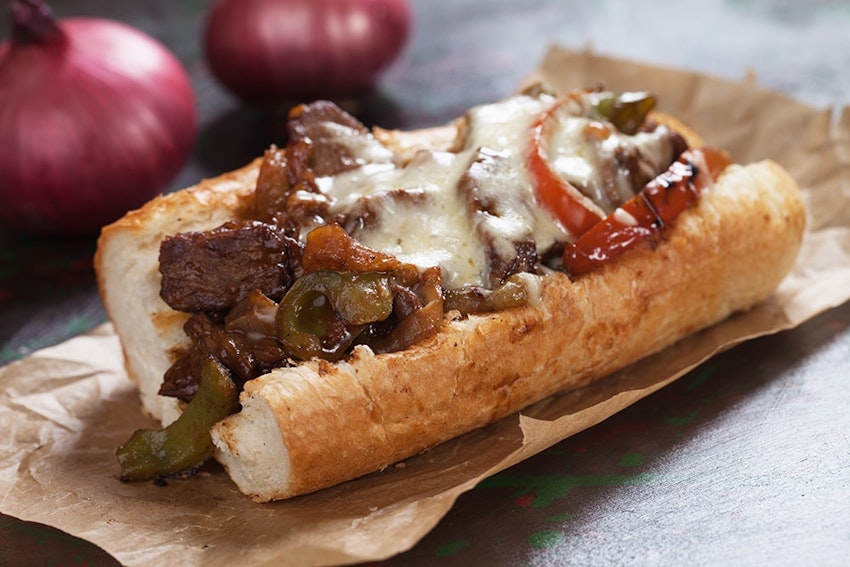
What it is: Philadelphia’s favourite sandwich – thinly sliced rib-eye beefsteak, onions and melted Provolone cheese in a soft roll known as a ‘hoagie’. There are several versions of its origin story, but most agree that it was first created in the early 20th century within the Italian-American communities of Philadelphia, Pennsylvania.
Our top tips: The Philly Cheesesteak is not so much about ingredients (though they are important) as it is technique – the steak pieces should be browned on a grill and then scrambled with a spatula into even smaller pieces. The cheese is placed on top of the meat to melt in, and then the mixture is pressed into the halved roll and topped with fried onions and other toppings like ketchup, kosher salt and hot sauce.
For a novelty American experience, the Provolone cheese can be swapped out for cheese whizz.
Allergens in sandwiches
Many of the 14 major food allergens can be found in sandwiches. Some of these are obvious - a peanut butter and jam sandwich obviously will contain Peanuts just as a Tuna Melt will contain Fish.
But not every sandwich will so handily include the allergen in its name. You are also likely to find:
Cereals containing Gluten - Bread is made from flour, and usually this is wheat flour or a combination flour of wheat and another grain. There are many gluten-free breads available now, which means providing a sandwich for a person with a gluten allergy or Coeliac disease is much easier than it used to be. But remember that gluten-free bread tends to be drier and more crumbly than regular bread, so make sure you use enough sauce, dressing or filling to balance things out.
Milk - Butter is more commonly used as a spread for home-made sandwiches, but toasted and fried varieties found on menus also often contain it as an ingredient. You can easily switch out butter for a vegetable-based spread or oil in most recipes. Yoghurt is often used as a dressing in low-fat or healthier option sandwiches. This can be replaced with vegan yoghurt for a similar taste and texture.
Eggs - Mayonnaise, of which eggs are a key component, is one of the most popular sandwich ingredients out there. Anyone with an egg allergy needs to be extra careful when ordering a sandwich, to ensure mayonnaise is not an ingredient. There are many vegan mayonnaises on the market now, but you can also use avocado or hummous for a similar texture, and Greek yoghurt for a similar flavour.
Mustard - Mustard is a popular pairing with beef, and consequently can be found in many sandwiches containing beef, corned beef or other beef derivatives. It's also used as ingredient in other sauces, often combined with honey or mayonnaise. To get the kick of mustard without the allergen, subsitute for wasabi or horseradish.
Sesame - Sesame seeds are frequently used as a bread topping. Natasha's Law (which comes into force in October 2021) came about after a fatal allergic reaction to a Pret-a-Manger sandwich in which sesame was present but not labelled as an allergen ingredient. Poppy seeds and hemp seeds are a good alternative to use.
The most important thing you can do when it comes to allergen in sandwiches is be sure of what's in the food products you are using. Erudus exists to help you with exactly that. Our Allergen and Nutritional Data Search tool will give you an accurate and up-to-date overview of what's in a product or ingredient (and highlights any present allergens) and it's nutritional value, as well as whether it is suitable or unsuitable for dietary requirements such as veganism.
It's also very important to let your customers know if a triggering allergen might be present. Erudus can help make that process quick, easy and accurate with our Recipe Builder tool.
Recipe Builder automatically aggregates nutritional values, costs and allergy statements as you add ingredients to the recipe you're building, and puts all this information into one easy to read document. So you can share any allergen information with consumers and staff and everyone can enjoy utmost confidence about what's in the dish.
